Hasselt – a city in northeastern Belgium, in the Flemish Region, the administrative seat of the province of Limburg and the district of Hasselt. On January 1, 2024, it had 80,828 inhabitants. It is situated on the Demer River and the Albert Canal. Both in terms of area and number of inhabitants, it is the largest city in the province.An example of the multiculturalism of Belgium is the way of greeting. In the French-speaking part and among the French-speaking people in Brussels, kissing, i.e. one kiss on the cheek, is common to greet and say goodbye, even if we see each other every day.
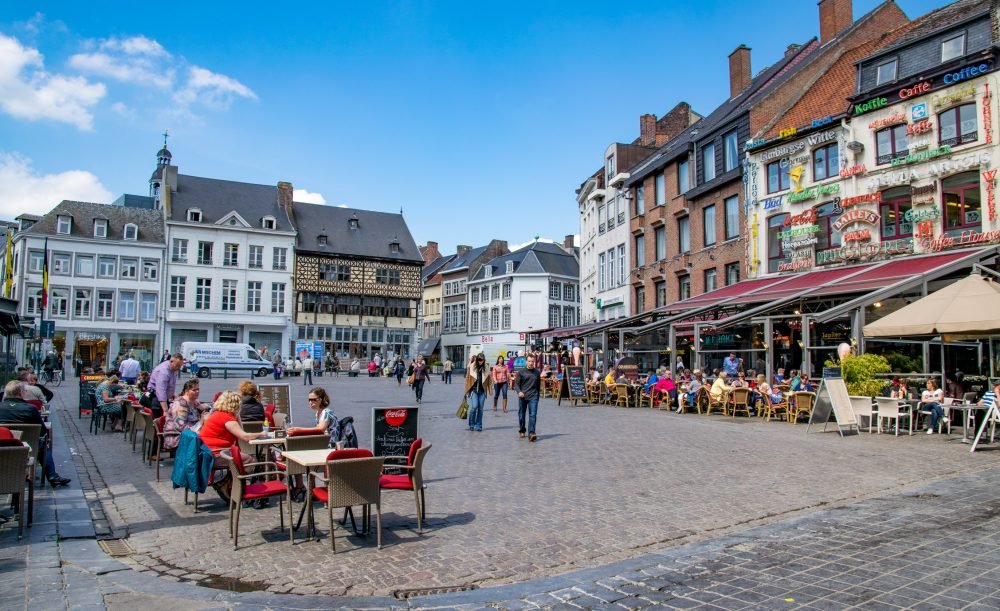
- The Cathedral of St. Quintin in Hasselt is the main church of the city. It is located on the site of the first settlement in Hasselt. The church has been expanded over the centuries, hence the presence of different architectural styles. The lower part of it is a remnant of the original Romanesque church, built in the 12th century, while other parts, such as the tower, are in the Gothic style.
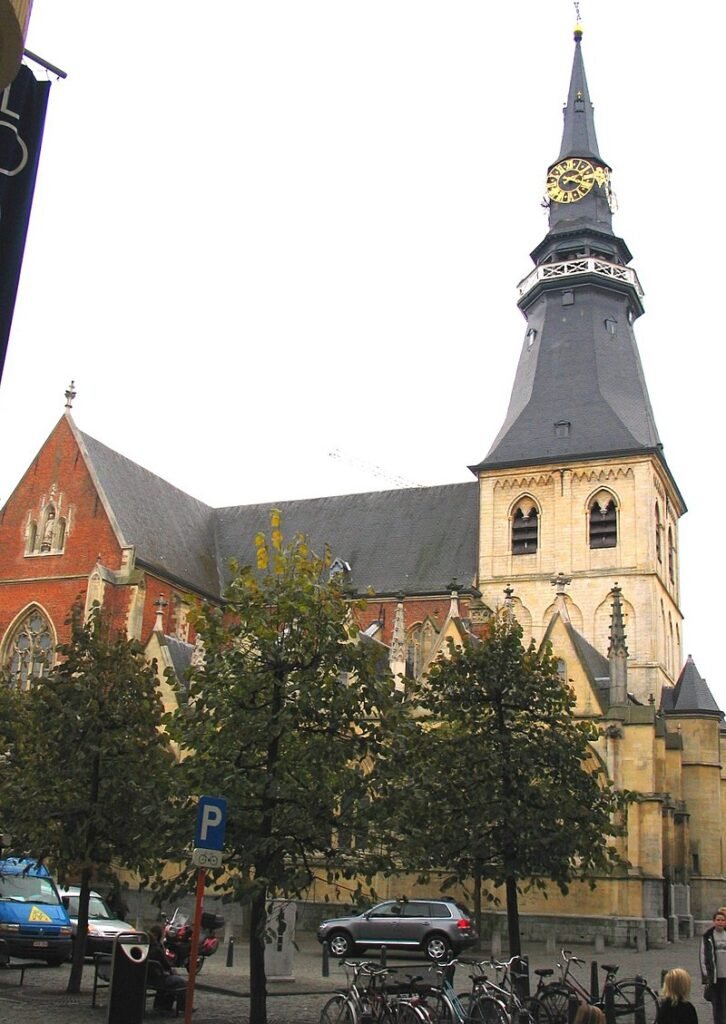
- The Basilica of Virga Jesse is a basilica located on the Kapelstraat in Hasselt, Belgium. The church is best known for housing the 14th-century statue of Virga Jesse, which is paraded through the streets of Hasselt every seven years during the Septuagesima celebrations.
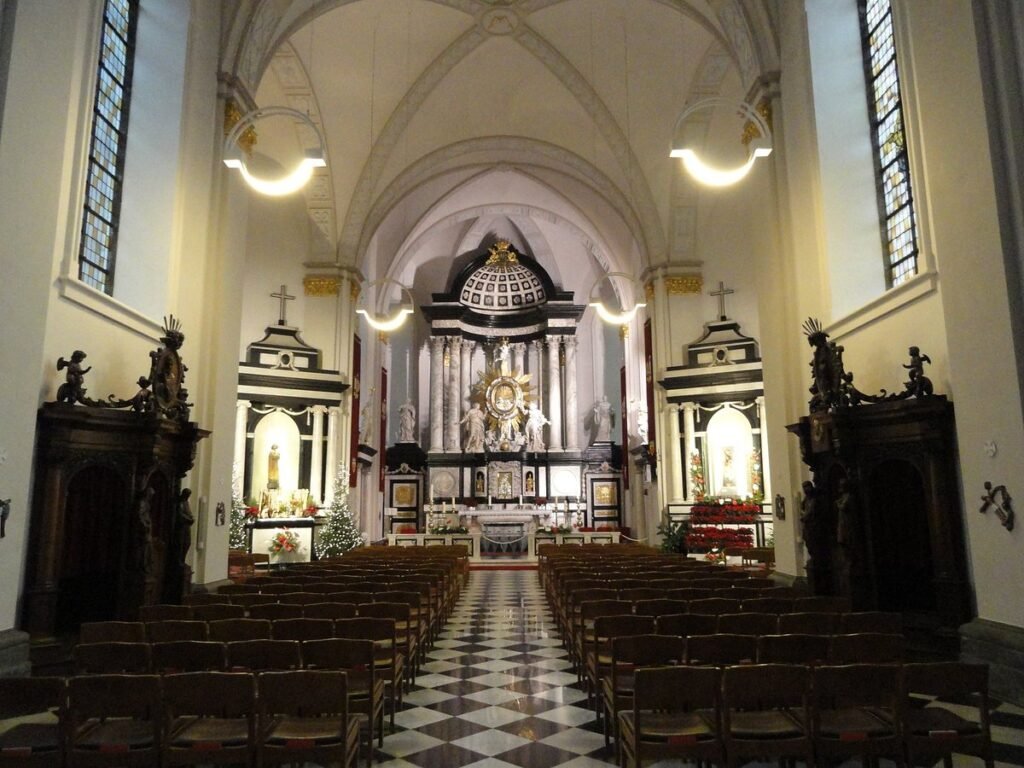
- The Japanese Garden in Hasselt is a park in the Belgian city of Hasselt. Designed in the traditional 17th-century style, it was donated to the Belgian city by the city of Itami. It is the largest Japanese garden in Europe.
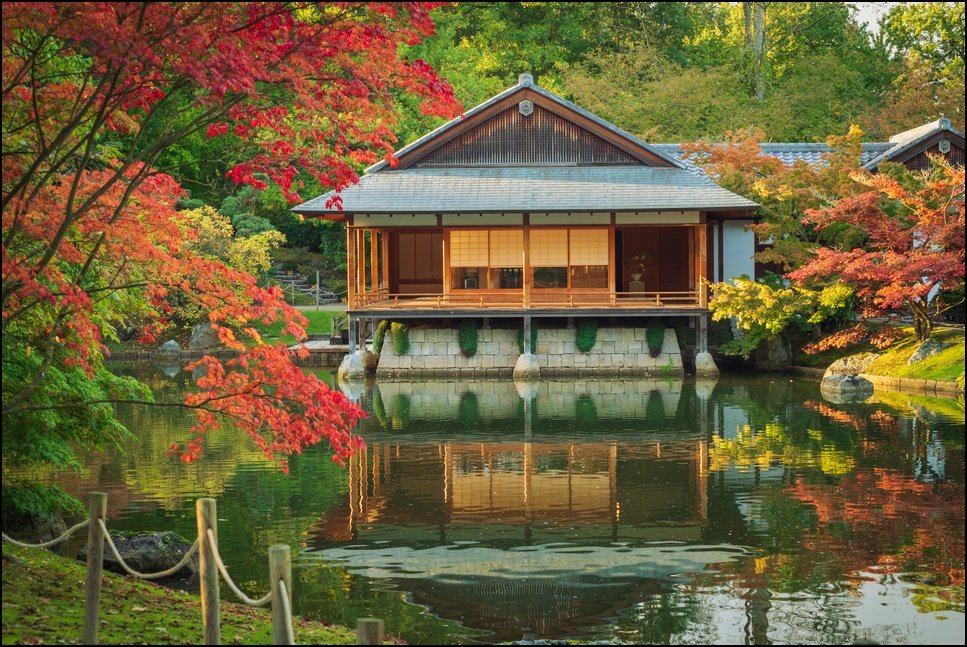
- The jenever museum in Hasselt is a gin museum.
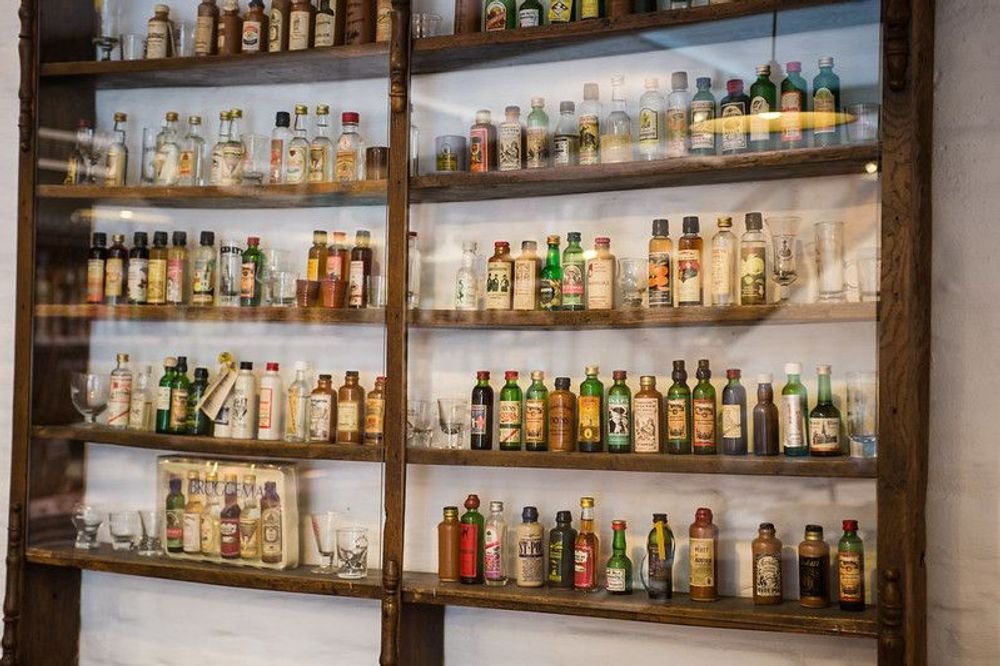
- Hasselt Fashion Museum a museum located in a 17th-century monastery, presenting the history of fashion and clothing exhibitions.
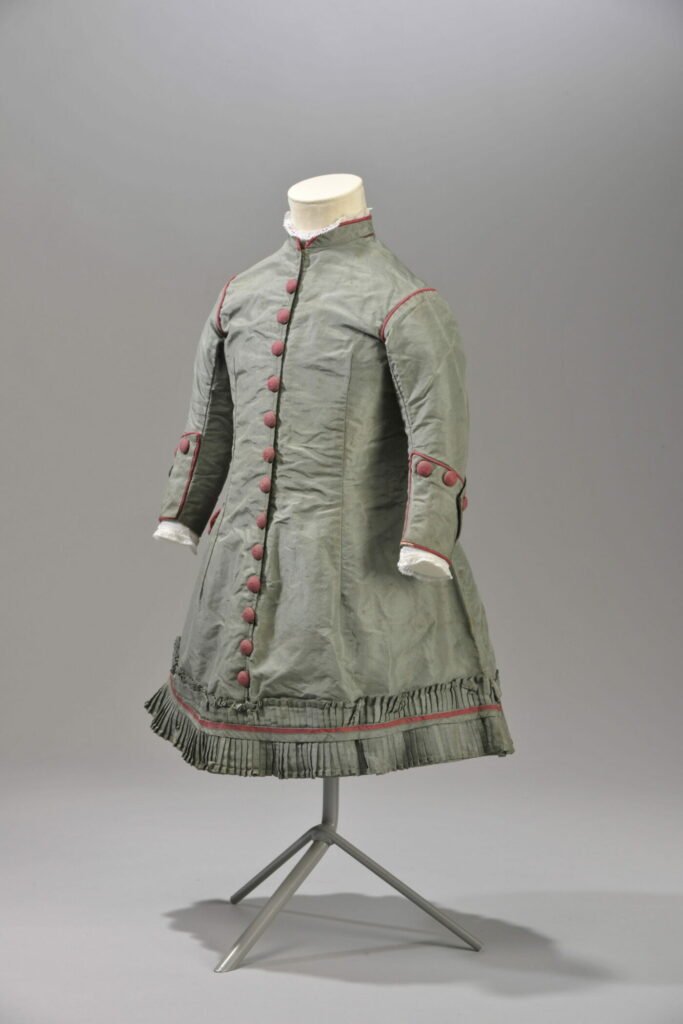
- Domein Kiewit, a 100-hectare landscape park with ponds and a 19th-century manor house.
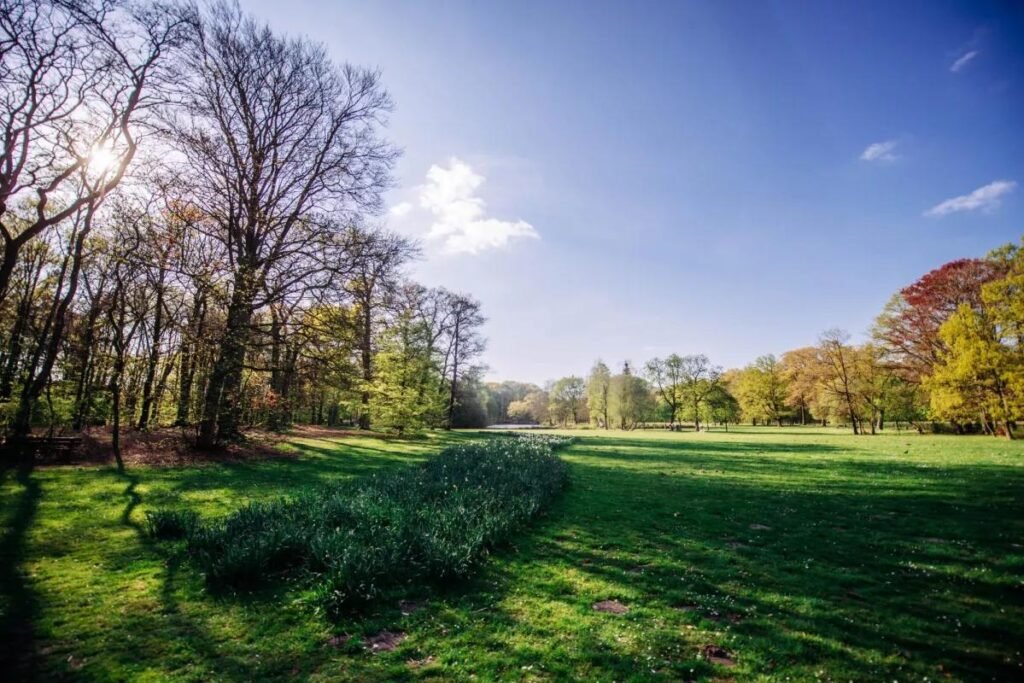
In Hasselt there are events every year such as: the September fair, in Kiewit there is the Pukkelpop festival (European alternative music festival, takes place at the end of August) and other events at the Trixxo Arena in Belgium.
